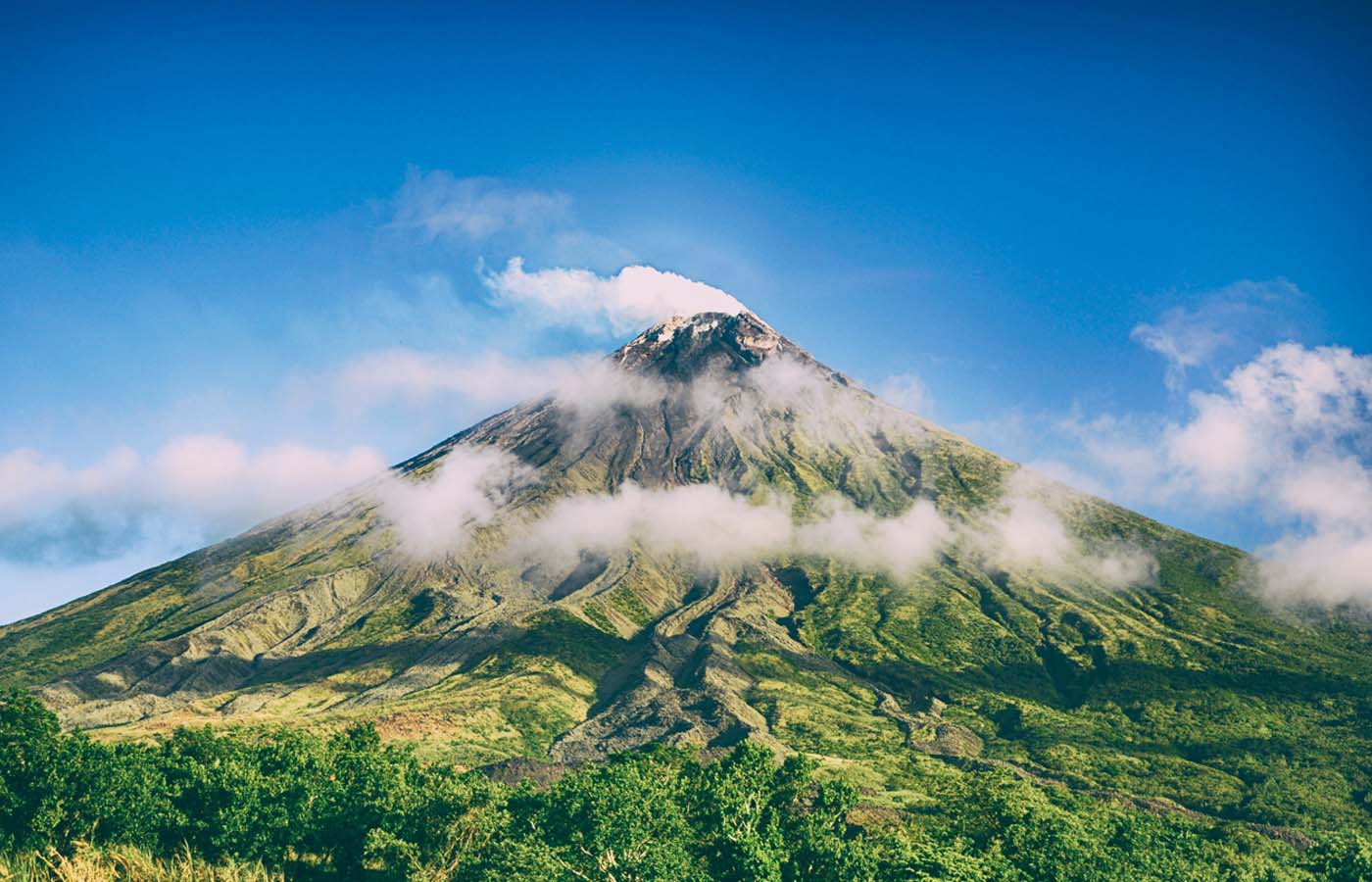

Simplified table of Mauna Loa historical activity modified from Lockwood and Lipman (1987). Maui and Lanai have more snorkeling sites within easy reach than any other Hawaiian island. Le migliori attrazioni e attività vicino a Mauna Loa Macadamia Nut Visitor Center su Tripadvisor: vedi 3.565 recensioni e 951 foto autentiche delle attrazioni e attività vicino a Mauna Loa Macadamia Nut Visitor Center, Keaau, HI. Geology of Hawai’i volcanoes National Park. Mauna Loa does not erupt as often as Kilauea but it erupts a greater volume of lava during a shorter period of time.A Hawaiian Petrel (‘ua’u) resting in a grassy field. Over time the eruption flows from a single volcano vent. At the start of an eruption lava fountains known as curtains of fire blown into the air along a rift in the volcano that is several kilometers long. Typical of all Hawaiian eruptions they are considered quiet because of the hot fluid basalt lava they erupt. The volcano will erupt from its summit for 1,500 to 2,000 years then it switches to fissure eruptions on its flank. The volcano has two cycles to its eruptions that are unique to Mauna Loa. At 60 miles long and 30 miles extensive, it makes up half of the.

The enormous volcano covers half of the island, and is among the. Mauna Loa is a REALLY tall and big mountain. Rising to more than 4 km above sea level, Mauna Loa is the largest volcano in the world. Since 1832, Mauna Loa has erupted 39 instances its closing eruption was in 1984. (4,one hundred seventy m) above sea level. It is also considered one of the most dangerous. Mauna Loa, or Long Mountain in Hawaiian, is positioned at the island of Hawaii. Mauna Loa is one of the most active volcanoes on our planet. Now add all the lava that forms a bowl shape depression beneath the ocean floor the TRUE height of Mauna Loa volcano is 56,000 feet (17,170 m).
HAWAII MAUNO LOA PLUS
If you add the height of the island plus the height of the volcano from the ocean floor it reaches 30,085 feet (9,170 m). The volcano is so massive the bottom of the volcano has sunk down 5 miles (8 km) beneath the ocean floor. Mauna Loa covers 2,035 square miles (5,271 sq km) and has erupted between 15,600 to 19,200 cubic miles (65,000 to 80,000 cubic km) of lava that has turned into solid rock. The part of the volcano that makes up the island that people visiting the island walk on the upper part of the volcano and its summit which reaches 13,680 feet (4,170 m). Mauna Loa covers about half the surface area of the island of Hawaii. High-temperature fumaroles (115362 C) on Mauna Loa are restricted to the summit caldera. Mauna Loa is the largest volcano that is subaerial, which means that part of the volcano lies above the ocean’s surface. Thermal areas on Kilauea and Mauna Loa Volcanoes, Hawaii. Recently discovered Tamu Massif is larger but it does not reach the surface of the ocean. Mauna Loa volcano is the second largest volcano on Earth. Maunaloa (officially renamed as one word from Mauna Loa) is the worlds largest and one of its most active volcanoes - a giant shield volcano on the Big Island. They are the only volcanoes that reach above the surface of the ocean in the chain. The Hawaiian ridge is the southern section where the islands of the Hawaiian chain have formed. The Hawaiian-Emperor seamount chain is over 3,600 miles long.

As the Pacific Ocean plate slowly moves northwestward relative to North America and other hot spots beneath the plate the plume of molten rock has created a string of submarine volcanoes that reach from Loihi north all the way to the Aleutian Trench. The Hawaiian hot spot is located in the middle of the Pacific Ocean plate that has been there for millions of years. Mauna Loa "curtains of fire" with observer at base of lava flow Hawaiian hot spot


 0 kommentar(er)
0 kommentar(er)
